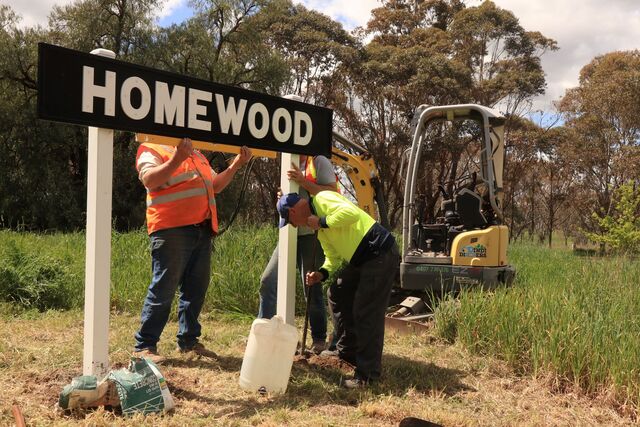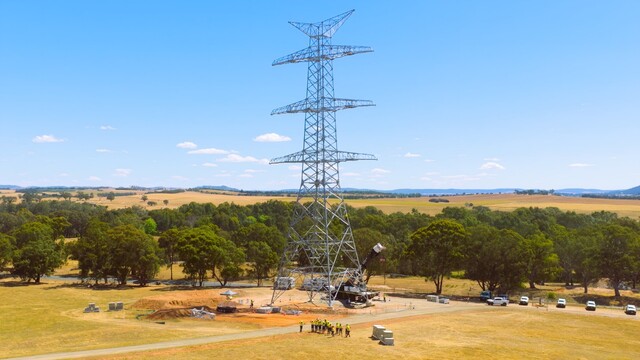Like any source that results in electricity, solar energy installations come with risk.
Generally exposed to the elements, solar arrays can be affected by not only mechanical malfunction, but by environmental conditions such as wind, lightning and vermin. These influences can in turn cause short-circuit or earth fault that could ultimately lead to electrocution or fire.
Solar inverters (which convert the variable direct current (DC) output of a PV solar panel into a utility frequency alternating current (AC)) are often equipped with displays that light up when a safety hazard occurs. However, inverters are frequently placed in areas such as a rooftop or garage, where alarms can go unnoticed. Fortunately, compact, standards-compliant solar safety products now exist that can be placed near the energy user or power operator – for example, in an office or kitchen – and emit both an audible and visual alarm in the case of a fault.
Local councils and communities: added safety concerns
Local government and community facilities have added reason to focus on safety due to the increased risk of damage, injury, and loss of life that may be present at facilities with high occupancy. Consider a public library, community centre or theatre, for example. Volume occupancy from both the general public and disabled patrons adds to potential panic and risk of injury in the case of a safety emergency.
Local councils may also need to adopt a more robust risk management approach due to insurance requirements or government property and/or personnel protection policies. Further, stringent safety measures help to ensure efficient and proper use of public funds – both from a capital spend and, in a worst-case scenario, a disaster cleanup perspective.
Government standards driving safety
Australian solar safety standards assist in designing solar system setup, access and maintenance procedures – whether in residential, commercial or government/community facilities. The AZ/NZS 5033:2012 standard, ‘Installation and safety requirements for Photovoltaic (PV) arrays’ (clause 3.4.3), specifies that low-voltage PV arrays must be equipped with an alarm that alerts the solar user when an earth fault has occurred, and is also used to spur corrective action. Additional safety standards apply when DC levels are above 600 volts. These include restricting solar array access to authorised personnel only, with lockable entry and appropriate signage.
Visit website: www.solarinception.com.au
*Copy supplied by Solar Inception







